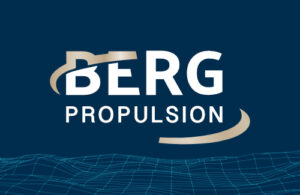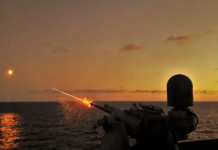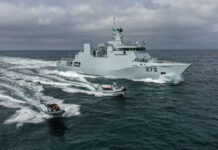Before EuroNaval, European Security & Defence (ESD) had the chance to catch up with Jonas Nyberg, Managing Director – Advanced Solutions, at Berg Propulsion. Read how Berg propulsion is expanding the company’s footprint into a new growth era: serving and servicing the naval defence and costal guard sector.
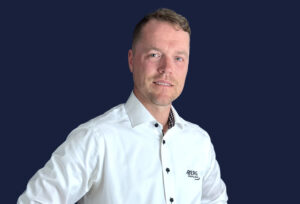
Curtis Hand, ESD (ESD): What are navies seeking from Berg Propulsion in terms of propulsion and maintenance solutions? …How do you see this evolving or growing?
Jonas Nyberg (Nyberg): The defence segment represents a growing opportunity for Berg Propulsion and a segment that builds firmly on the strengths of our company. We come from a history of delivering propulsion solutions into vessels operating in the harshest of environments where failure simply is not an option. This coupled with our strives into the performance segments, elevating our analytic abilities for hydrodynamics, makes for a solid foundation for any defence related application.
ESD: Why should “sustainability” be as important for the naval / military market as it is in the civilian market?
Nyberg: Sustainability as a concept takes on several aspects when it comes to marine. More specifically we find aspects with regulatory, social and economic. In the defence space these are starting to come into play while practically speaking the economic aspects take a larger space. Naturally a more efficient vessel will allow for more operations to be carried out within the same budget allocation as well as the physical endurance/range of a vessel is extended if the efficiency of the system is improved.
What we see needs to happen within the segment is to go through a similar transformation with breaking the old traditions as has happened over the last years within commercial shipping.
ESD: Can and in which ways Berg Propulsion help navies and other defence branches realise better performance with new power management developments and solutions?
Nyberg: As mentioned, there is a good potential to break some of the technical traditions with how vessels are operated to make better use of the equipment on board. For example most vessels in the naval space are twin screw, but very rarely operate both shaft lines with any level of high power output. This is similar top the oil and gas field where the larger tugs with Berg propellers already years ago implemented fethering propeller allowing the vessels to operate most of the time with one propeller turned off and in fully fethering mode (blades fixed streamlined to the water flow).
ESD: What are the current naval requirements and which of the Berg portfolio are best suited for which types of naval tasks and missions? How does this build on experiences from other fields?
Nyberg: We have always been a popular choice for any kind of technically demanding application putting us in a good starting position to adapt our offering into the defence field. Having said this, we have already been a popular choice for a number of OPV and patrol vessel applications sold to a number of fleets worldwide. Looking at how requirements are developing in the field we see an increased need for better ILS structures complemented by performing numerical shock calculations. These two additional capabilities have been an area of capability investment we have went through over the last years now putting us in a position where we are ready not only for the technical compliance, but also the documentation part of compliance.
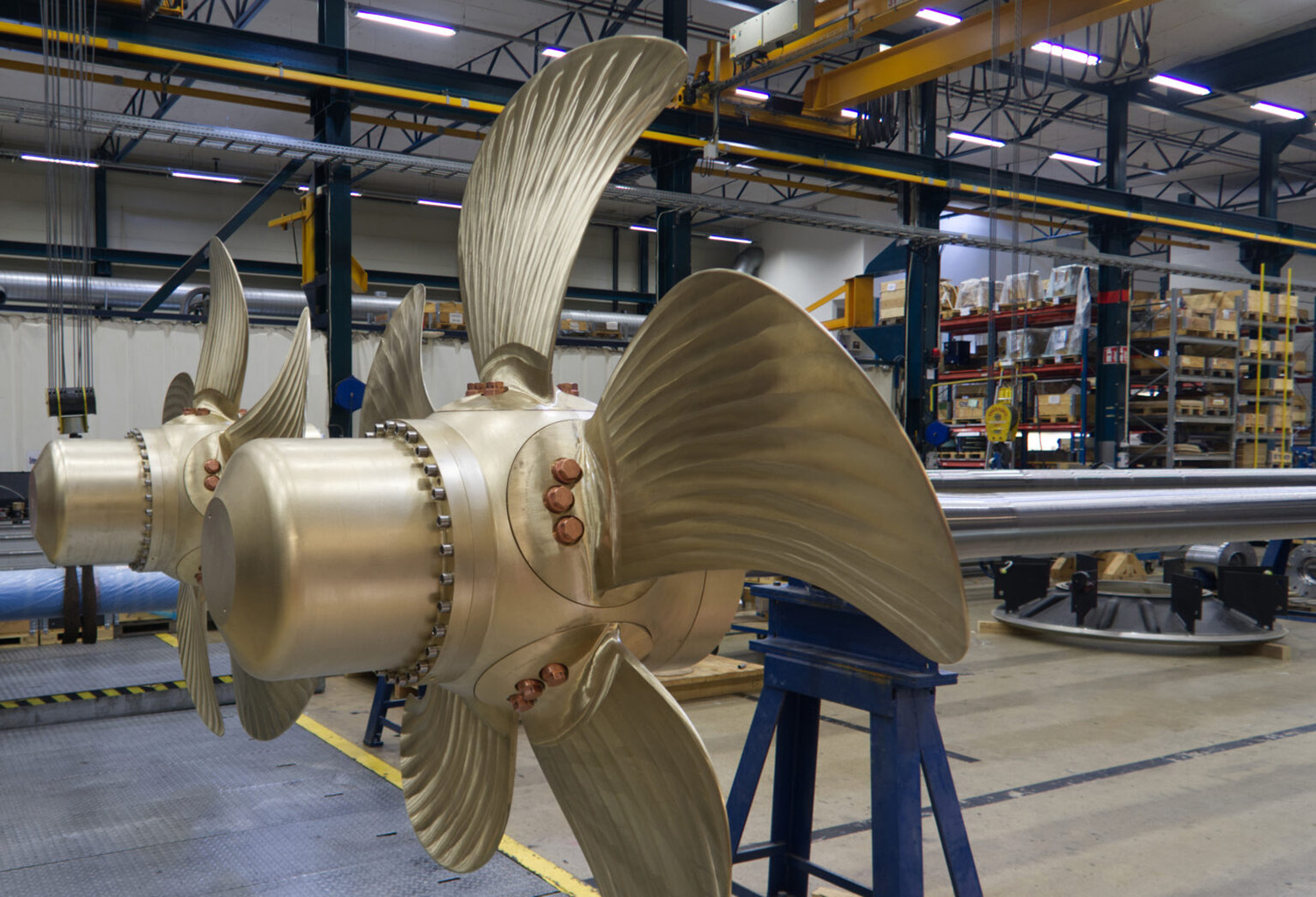
ESD: How do you see the naval / coastguard propulsion market changing in the next five to ten years?
Nyberg: On the larger vessel we see a drive for implementing electric and hybrid solutions to a higher degree. We have previously seen this in the larger frigate and corvette type vessels and now see this becoming more popular also in the OPV type vessels. This comes from the profile of these vessel being heavily affected by long periods of low load operation where electric solutions often have a benefit. We also see that there is a drive in the OPV type applications to implement CODAD solutions (twin diesel engine per propeller) where the traditional medium speed engines are exchanged for higher power density high speed engines. We see this trend continuing as it benefits the low power loitering application and is a good fit power density wise (since the engines are lighter).
ESD: What is the role your systems can play in helping navies reach a point of optimal lean manning and be able to turn over certain tasks to unmanned systems? …Will this affect what Berg Propulsion develops for this unique market?
Nyberg: This area is a very intense area for development within the commercial space and smaller UAV also for the marine defence segment. For the larger vessels we see aspects of this coming, but perhaps in a future that is a bit more distant. What we see happening first is advisory type systems helping the crew to make better decisions and get more insight into the status of the propulsion system.
ESD: If allowed to say, then which navies or coastguards taking advantage of Berg’s expertise?
Nyberg: Without giving names, we can only say that we have several vessel systems operating for navies and coast guard in the Americas, Africa, Europe, Middle east, Australia with the Pacific and Asia.
ESD: What are the Berg Propulsion USPs for the naval / coastguard market?
Nyberg: We are a flexible and reliable partner with over 110 years in the propulsion space centred around engineering excellence and a deep passion for performance.
By Curtis Hand




